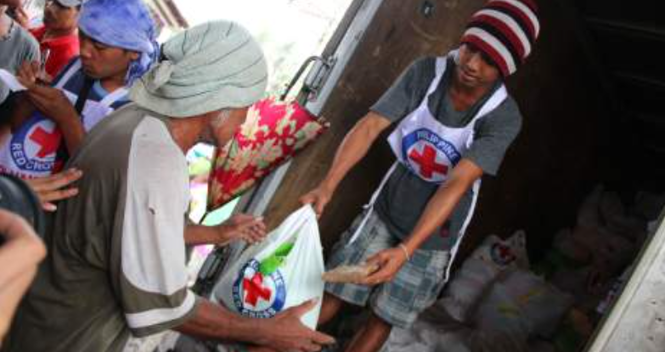
On 1 January 2013 the new Food Assistance Convention entered into force with 14 signatories and 8 parties (see the current ratification status here). This new instrument replaces the Food Aid Convention of 1999, which officially lapsed on 30 June 2012. While imperfect, the Convention has the potential for a greater impact on global food security than its predecessor.
The new Food Assistance Convention aims to “save lives, reduce hunger, improve food security, and improve the nutritional status of the most vulnerable populations.” To do so, it takes a much broader view of food assistance than its predecessor instrument, recognising the interplay between food assistance and livelihoods and resilience, as well as the potentially damaging impact of assistance on local markets. Annual commitments of state parties can now be met not only through traditional food aid, but also through the provision of items to secure production, such as seeds or livestock, tools and equipment, as well as through contributions to cash and voucher programmes, or nutritional interventions.
Moreover, whereas under the prior Convention annual commitments were fixed in the text of the Convention itself (at rather deflated levels), the new Convention provides for state parties to set and update their commitments on an annual basis. While this poses a risk – new commitments have yet to be announced – the flexibility of this approach has the potential to be more responsive to evolving needs. The new instrument also includes a commitment to improved transparency and accountability.
For Red Cross and Red Crescent National Societies, many of whom count food security as a strategic priority, the new instrument may bring new opportunities. Typical food security interventions of National Societies, such as cash grants, the provision of seeds, tools, livestock and fishing boats, are now considered “eligible activities” toward states’ commitments. And with parties now able to direct their assistance through local partners, National Societies may find new partners among the Convention parties.
There may also be an opening for dialogue and advocacy on food security through the Food Assistance Committee, which under the new Convention is tasked to share information and consult with stakeholders. The Committee convened its first session in London on 15 February.
Negotiation of the new Convention took place between the European Union, its 27 member states and eight other countries, and was led under the chairmanship of Ms Leslie Norton, Director-General, Canadian International Development Agency (CIDA). The Convention is now open for accession by all food assistance-providing donor countries, including those not previously party to the Food Aid Convention.